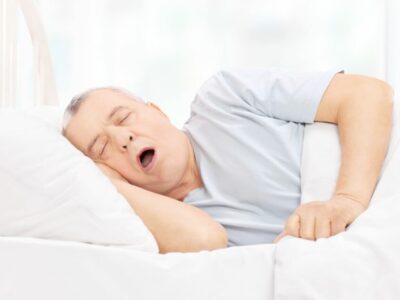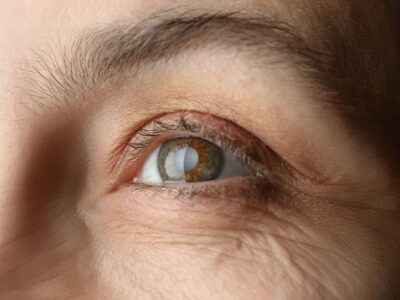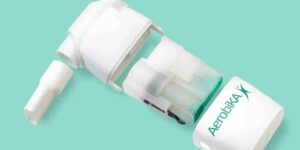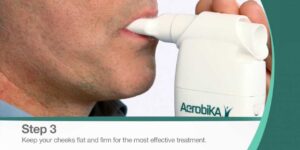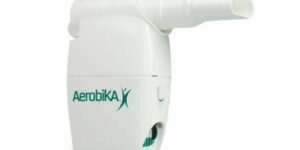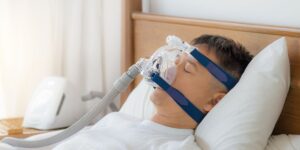
How Often to Clean Your Aerobika Device: A Practical Guide for Maintenance and Hygiene
Nov 19 2025 Aerobika Device sleep apnea australia sleep apnea solutions sleep apnea symptoms Introduction Proper maintenance and hygiene are crucial for ensuring the effectiveness and longevity of your Aerobika device. Whether you use it as an OPEP device for mucus clearance or as part of your PEP therapy, regular cleaning is essential for keeping it in optimal condition. In this articl Read More
Choosing the Right CPAP Machine: A Complete Buyer’s Guide for Better Sleep
Oct 28 2025 Sleep Apnea Treatment CPAP machines CPAP therapy healthy sleep sleep apnea sleep apnea complications sleep apnea treatments sleep disorders sleep health sleep medicine sleep quality sleep study Sleep is essential for overall health, yet millions of adults struggle with sleep apnea—a common sleep disorder that disrupts breathing during rest. Continuous Positive Airway Pressure (CPAP) machines have become the gold standard for managing sleep apnea. Choosing the right CPAP machine can dram Read More
Where to Buy Aerobika in Australia and What It Costs
Oct 17 2025 Respiratory Health aerobika australia Aerobika device aerobika device cost aerobika pep device where to buy Aerobika Australia What Is Aerobika and How Does It Work? Aerobika is a drug-free, portable respiratory therapy device designed to help people with breathing difficulties clear mucus from their lungs naturally. Unlike medication-based treatments, this handheld device uses mechanical pressure to loosen and mobilise Read More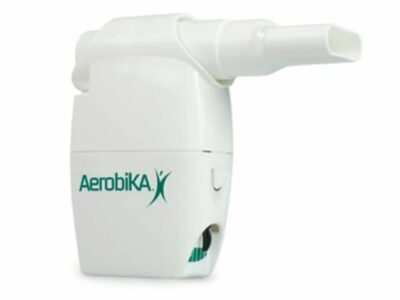
What Is an Aerobika Device and How Does It Help With Mucus Clearance?
Oct 17 2025 Respiratory Health Aerobika device airway clearance device asthma management chronic bronchitis COPD treatment cystic fibrosis exercise tolerance lung health mucus clearance What Is an Aerobika Device? The Aerobika device is a handheld medical tool that uses oscillating positive expiratory pressure (OPEP) technology to help clear mucus from the lungs. Designed for people with respiratory conditions, this drug-free device assists in maintaining clearer airways and im Read More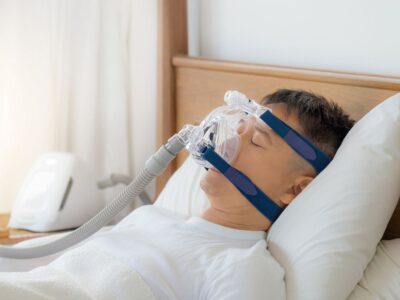
Home Sleep Study Brisbane: Convenient Testing at Home
Oct 12 2025 Health & Wellness Air Liquide Healthcare Brisbane bulk-billed sleep study Brisbane CPAP therapy Brisbane home sleep study brisbane Medicare sleep study Brisbane obstructive sleep apnea Brisbane SNORE Australia Brisbane What Is a Home Sleep Study and How Does It Work? A home sleep study is a new way to diagnose sleep disorders without having to stay overnight in a hospital. Instead, you can do the test in your own bedroom. This non-invasive sleep test provides detailed information about your sleep patterns and Read More
Bulk-Bill Sleep Study Perth: Affordable Options for Patients
Oct 12 2025 Health & Wellness affordable sleep disorder testing Perth Air Liquide Healthcare Perth bulk-bill sleep study Perth CPAP therapy Perth home sleep study Perth Medicare sleep study Perth SNORE Australia Perth What Are Bulk-Bill Sleep Studies and How Do They Work in Perth? Bulk-billing is a system where healthcare providers bill Medicare directly, meaning eligible patients don’t have to pay anything upfront. This is especially helpful for sleep studies in Perth, where the cost of diagnostic test Read More
The Most Common Myths About Laser Eye Surgery Debunked
Feb 22 2025 Laser Eye Surgery best laser eye surgery laser eye surgery sydney lasik eye lasik eye surgery lasik surgery surgery lasik Laser eye surgery has grown increasingly popular in recent years, becoming a common remedy for various vision problems. However, with its rise in popularity, numerous myths and misconceptions have emerged, leading to confusion and apprehension among potential candidates. This article aims to dissec Read More
Cost of Sleep Apnea Test: Understanding the Expenses Involved
May 25 2024 Sleep Apnea Treatment sleep apnea test at home australia sleep apnea test melbourne sleep apnea test perth sleep test Sleep apnea is a common sleep disorder that affects millions of people worldwide. It is characterized by pauses in breathing during sleep, often accompanied by loud snoring and excessive daytime sleepiness. If left untreated, sleep apnea can lead to various health complications, including high bloo Read More